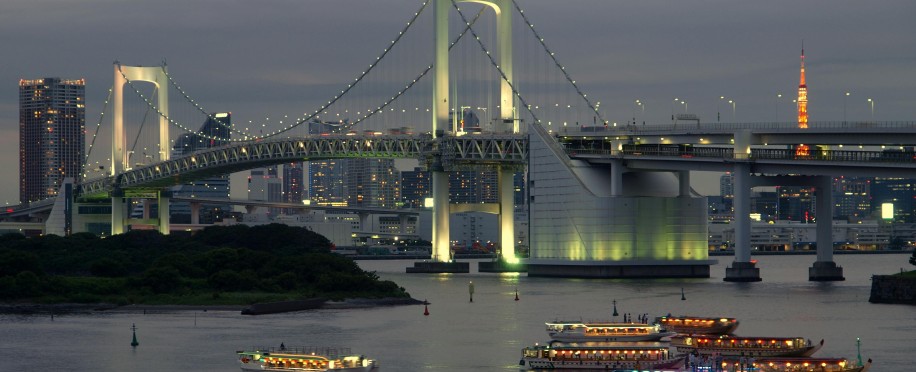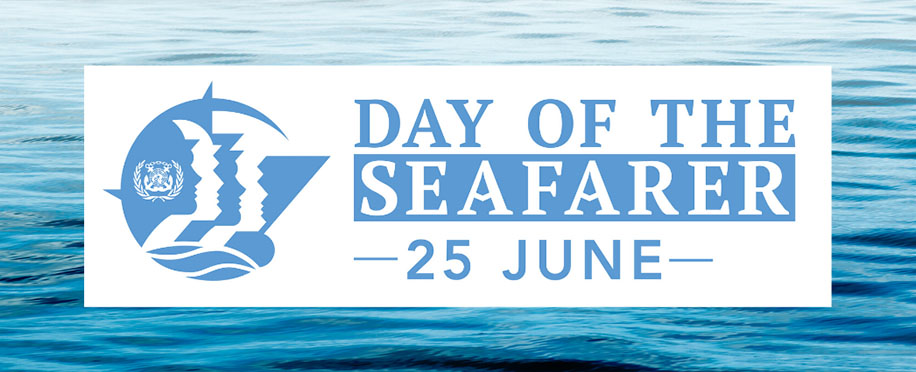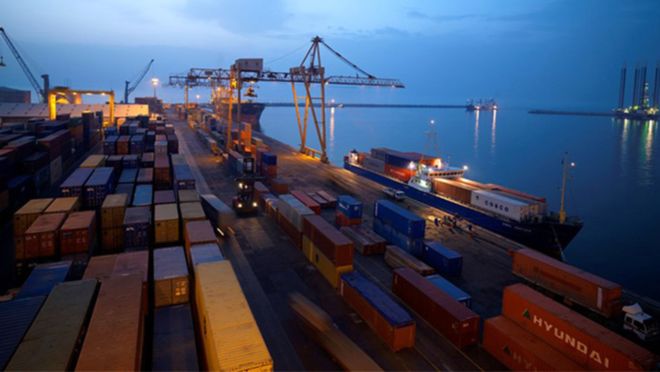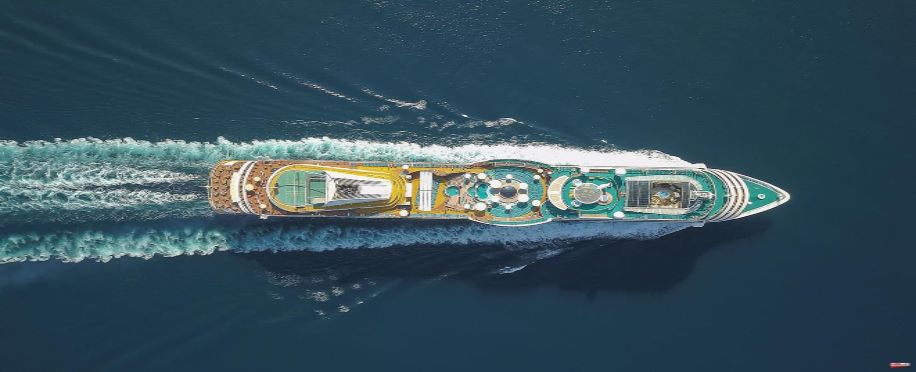Trump's Late-Night Texts Regarding Rusty Warships Cast Doubt on the Navy's Preparedness

Posted on Mar 06, 2025 at 11:03 PM
U.S. Navy ships covered in rust are a source of concern for U.S. President Donald Trump. According to John Phelan, his nominee for Navy Secretary, Trump regularly sends him late-night messages regarding the matter.
Businessman and ardent Trump supporter Phelan, who has no military background, told the Senate Armed Services Committee that Trump had called him several times after 1 a.m. to ask him questions regarding the condition of American warships.
Trump's Concerns in Detail
Phelan revealed during the court that Trump had texted him to complain about “rusty ships or ships in a yard” and to enquire about the actions being taken to resolve the matter.
Moreover, Phelan promised senators that he would give the issue top priority, but acknowledged that he had not yet taken any action because he was not yet approved.
When Senator Rick Scott of Florida showed a recent photo of the rust-covered Arleigh Burke-class destroyer USS Dewey docking in Singapore, the conversation took off.
“Please don't give that to President Trump because I'll get a text at like one in the morning,” Phelan said jokingly. But he also voiced grave concerns, stating, "It's terrible. I think they should be ashamed. Would you want to go on that ship?"
Navy ships face persistent issues of rust and corrosion due to constant exposure to salt water, which can cause structural damage, increased maintenance needs, and reduced operational readiness. Sailors must balance their efforts to control corrosion with other maintenance and training tasks.
Remarkably, the COVID-19 pandemic has exacerbated the Navy's corrosion problem, as fewer port visits have limited deep maintenance. Critics argue eco-friendly coatings don't last as long as previous paints.

Applications in Naval Engineering & Beyond
Naval Sea Systems Command has developed ultra-high solids epoxy tank coatings, extending corrosion-free periods from five to seven years to nearly two decades, but challenges persist in effective application across all ships.
The US Navy is facing challenges in shipbuilding and maintenance due to deficiencies in US naval shipyards, including outdated infrastructure and inefficient layouts, which could result in one-third of maintenance plans not being met by 2040.
Furthermore, the Pentagon is concerned about China's superior shipbuilding capacity, with Chinese shipyards outperforming U.S. facilities by 200%. The Navy is exploring ways to expand the U.S. industrial base and partner with allied nations.
A bipartisan group last year introduced the Shipbuilding and Harbour Infrastructure for Prosperity and Security (SHIPS) for America Act to address issues with shipyards and industrial bases, but despite Senator Phelan's assurances, the legislation has not advanced much.
In Maritime Engineering Courses, trainees learn how to design and comprehend the architecture of ships, including how to integrate different ship systems, design vessels, overall performance, and maintenance, as well as grasp stability principles.
In 2020, Trump expressed interest in naval aesthetics and claimed to have contributed to redesigning Navy frigates, describing them as “like a yacht with missiles on it.” However, these changes led to cost increases, delays, and technical issues.
Ultimately, former Defence Secretary Mark Esper argued that the poor visual condition of American naval vessels could negatively impact diplomatic relations and crew morale, highlighting the importance of maintaining good ship condition.
Read more news:


